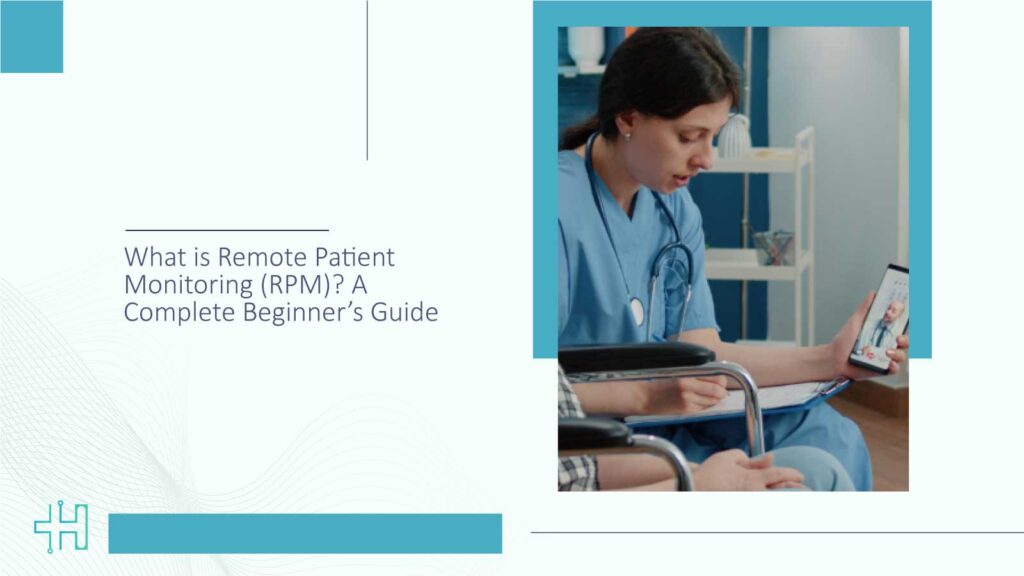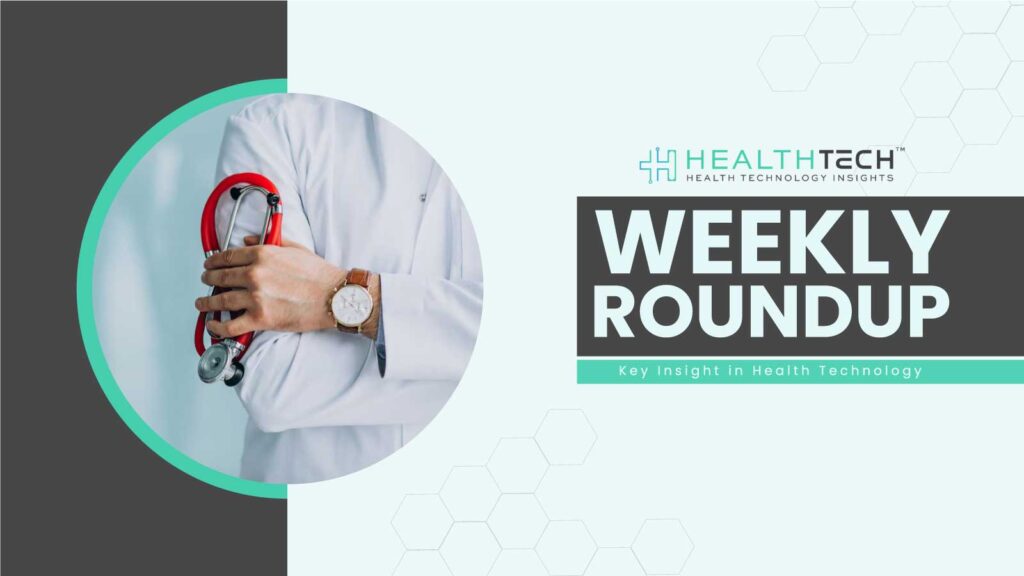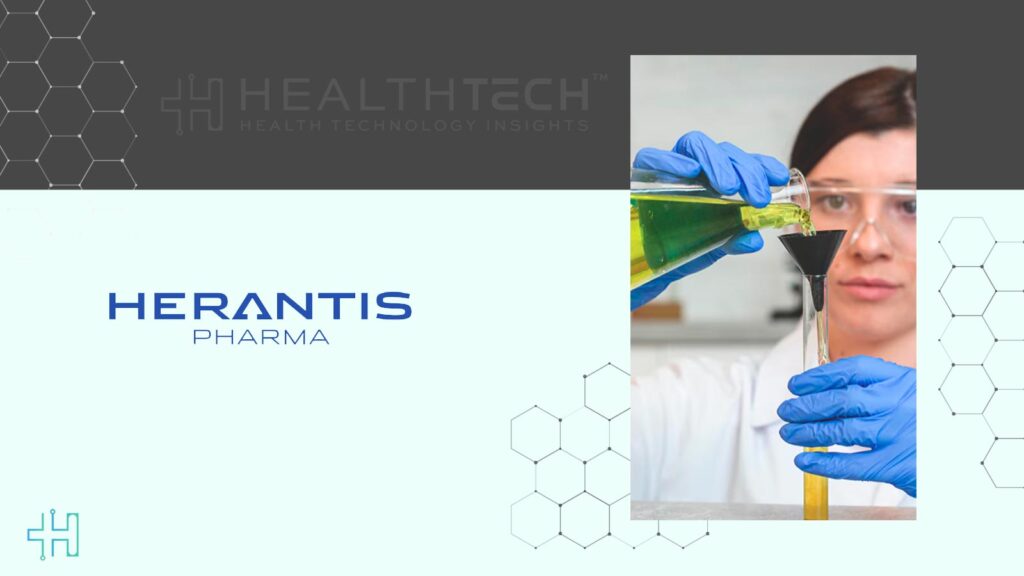RPM is one of the promising technologies that has a leading role in the transformation of healthcare, as it is able to provide patient care in a digital way. Such monitoring as remote patient monitoring would allow doctors to access patients’ health data outside the arena of hospitals, thus providing a more precise and prompt treatment.
An educational portal such as this one gives us a glance into the basic grounds of the communication field. Besides subjects treated, the article proceeds to common devices, practical healthcare applications, and so on.
How Does Remote Patient Monitoring (RPM) Work?
Remote patient monitoring stands for digital technologies used to collect and transmit patient health data to medical practitioners for review and intervention. By this means, chronic patients can have their vital signs tracked and chronic health problems monitored continuously without having to come to the hospital or clinic frequently.
This is related to various types of devices falling under the umbrella of blood-pressure monitors, glucose monitors, oximeters for pulse, and wearable technologies that monitor heart, calorie consumption, activity segments, users’ sleep period, etc.
Advantages of Remote Patient Monitoring
1. More Efficient Chronic Disease Management
Remote Patient Monitoring allows continuous monitoring of diabetes, hypertension, and major cardiovascular problems that lead to chronic diseases. In the given example, vital signs can be monitored on a real-time basis; thus, medical staff will be able to pick up all types of complications throughout the early warning stage, proceeding with the desired rapid interventions while at the same time minimizing the whole process of hospitalization.
2. Higher Patient Participation
Patients simply cannot help but take the active role that is required of them once they are given RPM devices to use. Thus, they become more conscious about their health conditions and show greater compliance when it comes to following the prescribed treatment plans by their doctors. The abundant usage of this type of care leads to much closer cooperation between healthcare providers and patients, as a result of which they both reap the fruits of better health outcomes.
3. Benefits of Saving
Remote patient monitoring not only brings down the total cost but also makes sure that frequent in-person visits and hospitalizations are minimized. RPM has definitely proven its worth in at least one study which found that interventions in remote patient monitoring resulted in lowering rates of hospitalization, along with the costs of health care services linked with this problem.
4. Access to Care
Through remote patient monitoring, a healthcare provider can deliver services to a patient who lives in a distant area where receiving medical assistance is challenging, thus improving the healthcare of the people living there who are in need of it. Appointments without needing to travel long distances are especially beneficial for senior citizens with movement restrictions and people residing in far-flung areas.
Common Remote Patient Monitoring Devices in Healthcare
RPM utilizes a variety of devices to collect patient health data:
1. Blood Pressure Monitors: Measure and track blood pressure levels at home, helping manage hypertension. Data is sent to healthcare providers for timely adjustments in treatment plans, reducing risks of complications and frequent hospital visits.
Patients enrolled in UC Davis Health’s RPM program experienced a notable decrease in blood pressure, from an average of 150/80 mmHg at enrollment to 125/74 mmHg during participation, highlighting the effectiveness of remote monitoring in managing hypertension.
2. Glucometers: Enable patients to monitor blood glucose levels regularly, particularly useful for diabetes management. Readings are shared with clinicians to optimize medication and lifestyle interventions, preventing dangerous spikes or drops.
3. Pulse Oximeters: Track oxygen saturation in the blood, essential for patients with respiratory conditions. Alerts healthcare providers to early signs of hypoxia or breathing issues, allowing prompt intervention.
4. Wearable Devices: Smartwatches or fitness trackers monitor heart rate, activity, sleep, and sometimes ECG. Continuous data helps providers assess overall health, detect irregularities, and encourage patient engagement in wellness routines.
5. Thermometers: Digital thermometers monitor body temperature remotely, identifying early fevers or infections. Data can trigger alerts to healthcare teams, ensuring timely care and reducing the need for in-person check-ups.
These devices transmit data to healthcare providers, enabling timely assessments and interventions.
Practical Applications of Remote Patient Monitoring Solutions
1. Chronic Disease Management
Remote patient monitoring (RPM) is effective in dealing with chronic diseases since the patients can regularly measure their vital signs through mobile devices and send the data to their healthcare providers. For example, diabetes patients can use glucose meters to measure their blood glucose levels frequently; healthcare professionals can then make the necessary adjustments in the treatment plans.
2. Post-Surgical Recovery
RPM gadgets enabled surgical patients to self-assess their post-operative progress. Healthcare professionals can remotely check the vital signs to be sure that complications, if any, are uncovered early and dealt with.
3. Maternal Health Monitoring
RPM is essential for maternal health as it helps in tracking the health parameters of expectant mothers. The instruments, along with the pregnant woman’s health care provider, can monitor blood pressure, ascertain weight, and also listen to the baby’s heartbeat to make informed decisions about the pregnancy.
4. Elderly Care
RPM offers elderly patients the option to monitor their health conditions, such as heart illness or high blood pressure, from home. This method lowers the demand for frequent hospital visits and increases the quality.
Considerations for Choosing a Remote Patient Monitoring System
It is very important to choose the best Remote Patient Monitoring (RPM) system for both the clinical and patient outcomes.
Firstly, start with compatibility. Check if the communication between the monitors and wearables over your telehealth and electronic health record (EHR) system is as seamless as you expect it to be.
Secondly, the aspect of usability is also integral as devices should be easily understood by patients of any age, have simple instructions, and simple interfaces.
Thirdly, it is very important for data to be accurate and reliable to inform the clinicians’ judgement. Seek FDA-approved devices and technologies with verification studies.
Fourth, RPM systems can increase patient engagement with features like mobile apps, reminders, or even live data. That can make patients more motivated or even disciplined in following their monitoring routine.
Fifth, security and compliance are hard to separate – ensure that the system will be up to date with HIPAA and other regulatory requirements that may come forbidding the tracking and dissemination of sensitive patient data.
To sum up, device cost, subscription fees, and the possible savings coming from the reduction of hospital visits can be used to measure the affordability of the system. The idea behind such a calculation should be to give both patients and healthcare providers full proof of the system’s worth.
Conclusion
Revolutionizing healthcare with the aid of a Remote Patient Monitoring System, a proactive approach towards patient care is being offered to the world. RPM, through the chronic disease management program, not only reduces the overall healthcare costs but also takes patient outcomes to higher levels. It will be further unravelled due to the progress in technology.
FAQs
1. What is remote patient monitoring (RPM)?
RPM is a technology that allows healthcare providers to monitor patients’ health outside clinics using devices that collect and transmit vital signs or health data.
2. Who can benefit from RPM?
Patients with chronic illnesses, post-surgery recovery needs, maternal health concerns, or limited access to healthcare can benefit from RPM programs.
3. Are RPM devices accurate?
Yes, most FDA-approved RPM devices are highly accurate, but proper usage and regular calibration are essential for reliable readings.
4. Does RPM reduce hospital visits?
Yes, RPM allows continuous monitoring and early detection of complications, which often reduces unnecessary in-person visits and hospitalizations.
5. Is patient data secure in RPM?
RPM programs follow strict regulations like HIPAA, using encryption and secure cloud storage to ensure patient information is protected.
Keep reading on Health Technology Insights.
To participate in our interviews, please write to our HealthTech Media Room at sudipto@intentamplify.com






